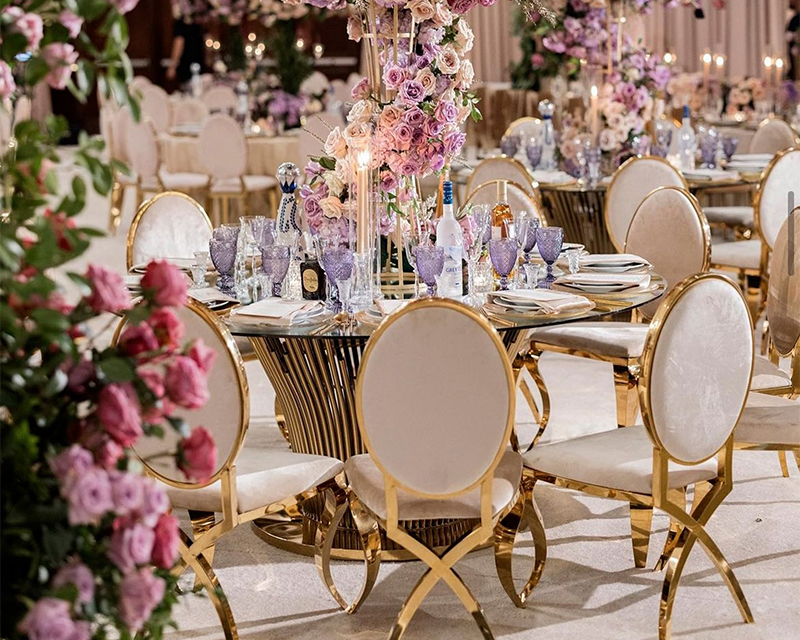Picture using a horse facet-saddle or striving to rock climb putting on a skirt.
Or acquiring your feet caught in the fabric of a gown when hoping to ice, roller or in-line skate.
How about donning a limited corset and several levels of clothes even though trying to hit a tennis ball? Or taking pictures at a basket wearing stockings and suede boots?
Females endured style worries as they attempted to work out right before leisure attire and more realistic uniforms became recognized.
The transformation of female athletic-put on is specific in “Sporting Fashion: Outdoor Women 1800 to 1960,” a new exhibition at The Frick Pittsburgh in Position Breeze that operates by way of Sept. 26. It is structured by the American Federation of Arts in New York City, which organizes touring art exhibitions, and the Trend Institute of Style and design & Merchandising in Los Angeles, which preserves manner materials.
There are 64 mannequins and much more than 480 pieces in the assortment from brands these as Champion, Pendleton, Spalding, Stetson, Abercrombie and Fitch, Balenciaga, Chanel, Patou and Pucci.
Masking athletic pursuits from fencing to motorcycling, the show gives perception into the cultural, economic, and specialized motives behind women’s sporting apparel, mentioned Pauline Willis, director and CEO of the American Federation of Arts. “It is the initially exhibition to discover the evolution of women’s sporting attire in Western style, revealing the intersections of cultural and aesthetic actions.”
” ‘Sporting Fashion’ tells the tale of women’s and girls’ participation in sporting activities given that the early American Republic, revealing the momentum that would direct to Title IX — and by extension, current-day skilled women’s athletics,” explained Elizabeth Barker, executive director of The Frick.
The subtitle “Outdoor Girls” is influenced by the printed script on a circa 1946 wool scarf, which depicts females engaged in 13 sports.
Arranged into 6 themes, the exhibit illustrates how girls dressed for leisurely out of doors pursuits in the early 19th century. It displays traditions of using horses and a developing acceptance of exposed pores and skin at general public beaches and pools.
Some designs present gals on snowy slopes and frozen rinks. What they wore in the course of journey — on land and by air — is integrated as nicely as the evolution of warm-weather conditions ball sports and the introduction of athletic uniforms.
Curators Kevin L. Jones and Christina M. Johnson wrote an introductory essay in a 344-page ebook that accompanies the show (prestel.com, $60). It includes a foreword by tennis star Serena Williams.
“It is transferring to realize what I owe to the woman athletes who arrived before me, who fought to tear down the limitations built to isolate them from the male sporting sphere,” Williams wrote.
The Frick is the 1st quit in the traveling exhibition. It will go on to the Dixon Gallery and Gardens, Memphis, Tenn. the Figge Artwork Museum, Davenport, Iowa the Munson-Williams-Proctor Arts Institute, Utica, N.Y. the Taft Museum of Art, Cincinnati, Ohio and the Cummer Museum of Art & Gardens in Jacksonville, Fla. Its ultimate vacation spot is the FIDM (Trend Institute of Layout & Merchandising) Museum in Los Angeles.
In the rotunda of the Frick, a 1939 Harley-Davidson motorcycle from Financial institutions Brothers Bikes in North Versailles is shown. Standing by the bike is a girl dressed for biking, wearing bloomers and a matching jacket. Another figure is proven in black leather Jodhpurs, whole-size trousers worn for horseback driving, that are near-fitting down below the knee and have strengthened patches on the inside of the leg and a protecting kidney belt.
Several gatherings in conjunction with the exhibit can be identified right here.
“This show is about physical freedom,” explained Dawn Reid Brean, curator, performing main curator and director of collections for The Frick.“That is how women of all ages who participated in sports early on experienced to dress. It’s not the very best apparel to use when hitting a tennis ball or capturing a basketball. The imagined that some of these garments had been produced to be moved in is astonishing.”
Admission is $15 for adults, $13 for seniors and students, and $8 for youth 6-16. Kids 5 and underneath are absolutely free. (As a result of Sept. 6, energetic-obligation navy personnel and their people get totally free admission thanks to Blue Star Museums system.)
Timed tickets are needed and can be ordered in this article.
JoAnne Klimovich Harrop is a Tribune-Review staff author. You can speak to JoAnne at 724-853-5062, [email protected] or by way of Twitter .







